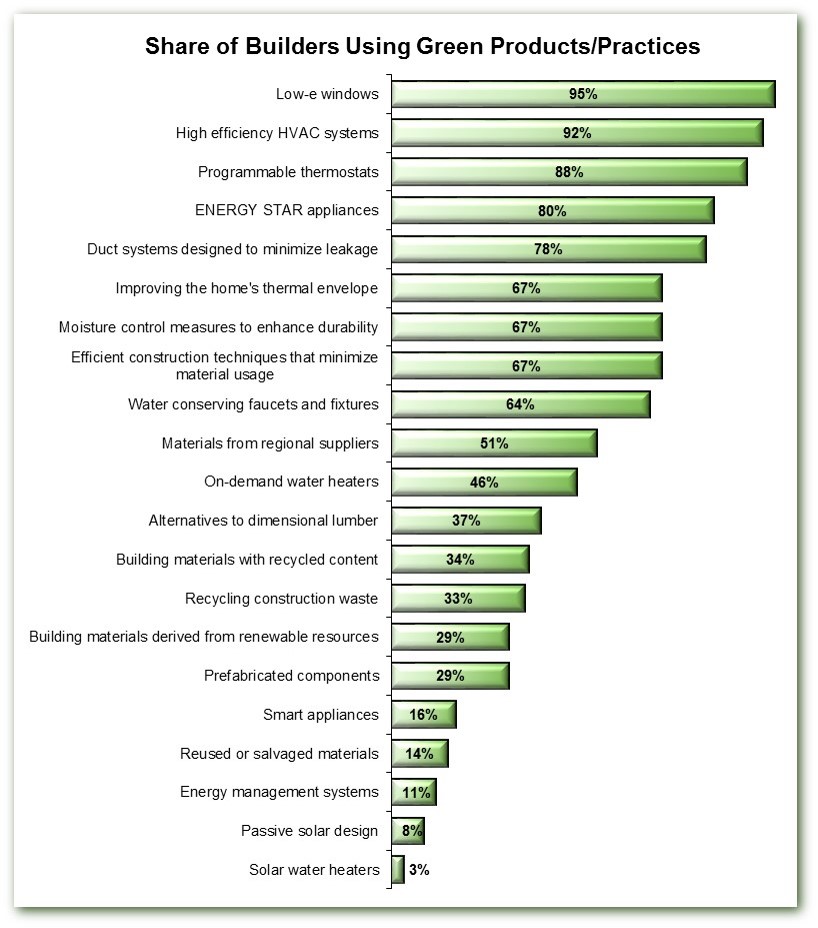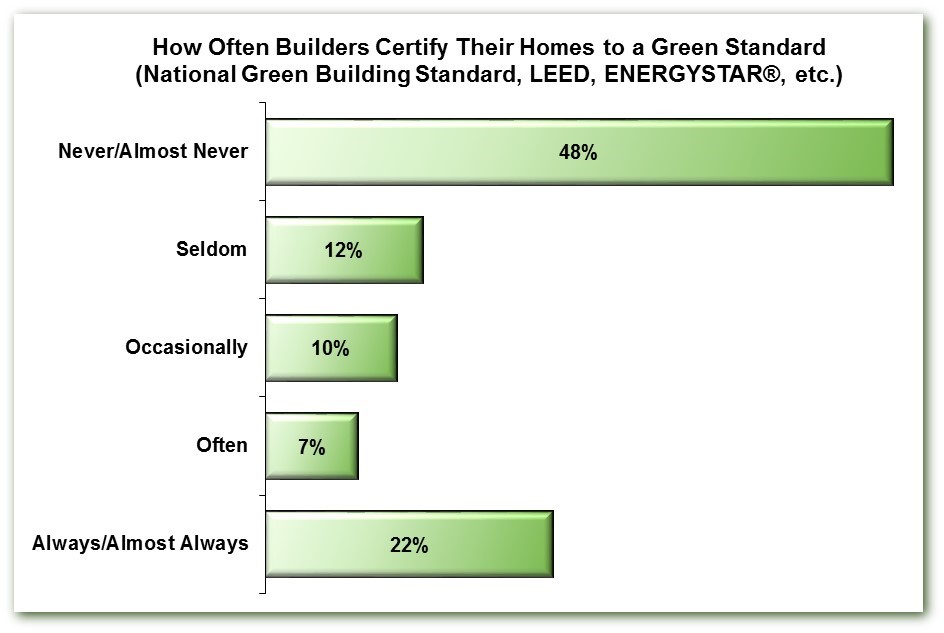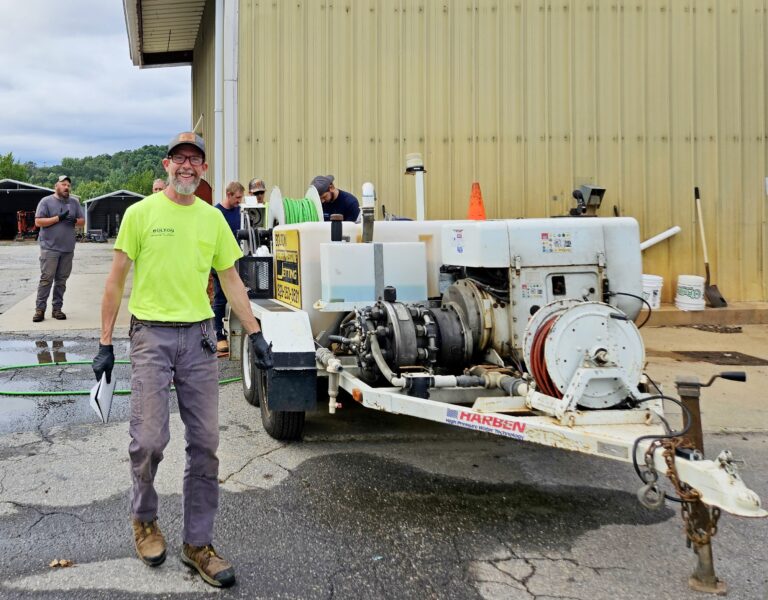Going green. It’s a priority that is progressively rising higher on everyone’s list. There are many people who go green. Some do it as a means to positively impact the environment. Others do it as a way to cut down on a budget. Trust me, I’d love to say the reason I constantly nag my family was out of my love for mother earth. In all honesty I just want to save a buck. Just ask my daughter who never turns a light off after leaving a room or my husband who, for whatever reason I will NEVER understand, brushes his teeth with the water running. Fortunately there are many resources available to make your home green. For me that means more cha-ching! Undoubtedly going green will help the planet but the benefits of doing so can actually hit a little closer to home, literally.
The National Association of Home Builders surveyed a total of 337 single-family builders for the NAHB/Wells Fargo Housing Market Index.They determined from 21 green product and practices that the average builder uses 10. The results (see below) listed the products from most used to least. Energy efficient windows were most popular with a whooping 95%. Use of solar water heaters came in last with only 3%.

With so many green options everyone’s home should be green, right? Wrong. The same survey determined that 45% of the builders questioned NEVER or ALMOST NEVER qualified to have their homes certify to a green standard. A slim 22% ALWAYS certified green.

Here’s why: increased building costs. Sure, Green Building Certifications do increase the value of homes and provide an excellent benchmark for the industry. But many builders simply do not seek certification because home owners care more about saving $$$ than the certification.
How many items in your home make the list? Does your home certify to a green standard? If not, why not? Bolton specializes in more than half the items on the list; from high efficiency heating and air conditioning, to LED lighting, or even solar water heating. Making some changes may be easier than you think!












